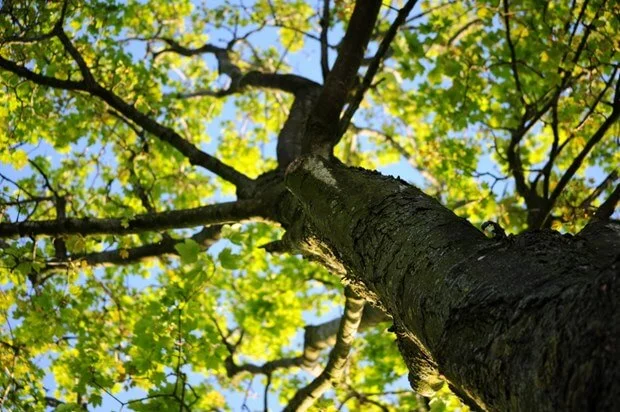Keeping your yard beautiful and healthy takes time and dedication. One important aspect of yard care is caring for your trees. At Ted Collins, we have solutions for every problem that may arise. Here are a few common tactics that we use to care for trees.
Pruning
Tree pruning is a key component of keeping your tree healthy. In many cases, certain branches of your tree may cause harm to your tree if not pruned. Some branches may be diseased, dead, or otherwise structurally unsound. By pruning your trees, you can keep diseases spreading to the rest of your tree, avoid storm damage from falling trees, and keep the structural shape of your tree intact.
Cabling
Tree cabling is a process by which high strength steel cables and bolts are attached to tree branches in the upper crown of a tree canopy. This is done to support trees with splitting v-crotches. A v-crotch is an area of a tree where it diverges in such a way that the trunk begins to split. By bolting a cable between two larger branches in the canopy, it helps to bind the tree together as branches twist and turn in storms. If your tree has a v-crotch, it is important to address so your tree does not become harmed in the next storm.
Removal
Obviously the most permanent of the three options, removal eliminates any tree problems altogether by removing the said tree from the property. Removal may be necessary if a particular tree is affected by certain diseases or infestations. Removal should only be done at the recommendation of an arborist when absolutely necessary.
All of these solutions should only be recommended and implemented by a licensed arborist. If you are interested in keeping your trees as healthy as possible, Ted Collins is here to help! For more information, please call us at (585) 381-9000.












